Behavioral health commission proposes $2.5 million for rural and frontier Montana counties
This article was originally posted on The Helena Independent Record on July 8, 2024. By Carly Graf
The latest initiative from the commission tasked with allocating $300 million to overhaul Montana’s behavioral health system focuses on the state’s smallest and most isolated counties.
Members of the Behavioral Health System for Future GenerationsCommission (BHSFG), proposed by Gov. Greg Gianforte and established by the2023 Legislature through House Bill 872, agreed that rural counties and tribes are some of the most in need of improved behavioral health care. More than 40% of Montana communities do not have a mental health center.
At the June 28 meeting, commissioners signed off on a Near Term Initiative(NTI) proposal to award a total of $2.5 million in one-time grants to as many as 10community-led projects. Once approved by the governor’s office, NTIs are implemented by the Department of Public Health and Human Services while the commission continues its longer-term work.
“There is no one-size-fits-all approach for improving our rural behavioral health challenges,” said Meghan Peel, the interim division head for Behavioral Health andDevelopmental Disabilities at DPHHS. “We believe the challenges facing rural and frontier communities can be addressed if local communities are engaged and invested in efforts.”
Grants of no more than $250,000 will be awarded to selected counties or tribes withpopulations of 10,000 or less. County applicants should be classified as rural orfrontier. Ideas should focus on innovations that address needs specific to the localpopulation.
For example, while much of Montana reports rates of substance use disorder, bingealcohol use and suicide that trump the national average, each community’sexperience of these behavioral health challenges is unique.
According to the U.S. Department of Health and Human Services, rural counties are defined broadly as those that are outside metropolitan areas. Frontier counties are those with six or fewer people per square mile. They are considered a subset of rural, characterized by their geographic remoteness from urban centers and the services they typically provide.
Pilot program ideas should focus on innovative solutions that meet community-specific needs, according to the language of the NTI. Counties can apply through oneof two tracks.
The first focuses on system changes. Projects would complement existing behavioralhealth services in a given area, not pay for direct services or replace options thatalready exist. Grants under this umbrella would help communities assess gaps intheir behavioral health care landscape and identify how to strengthen their system.
Grantees would be given the chance to contract with the Montana Public HealthInstitute to provide administrative capacity and technical assistance in implementingtheir toolkit.
The second pathway for counties and tribes is participation in a community health worker program run by Catalyst for Change, a Big Timber-based nonprofit.Under this model, existing local community health workers would be connected to clinical supervision and a telehealth network of licensed professionals throughCatalyst for Change.
According to materials presented at the June BHSFG, the community health workers are equipped to offer behavioral health interventions because they have that clinical supervision. Combined with telehealth treatment, this approach allows for “significantly improve(d) outcomes for people in rural Montana counties.”
Founded in 2020, Catalyst for Change has already brought expanded services viatelehealth into Sweet Grass and Wheatland counties. DPHHS materials say theorganization has shown “promising results that provide people with the appropriatelevel of behavioral health support for their specific needs.”
Janet Lindlow, a commission member who also runs the Rural Behavioral HealthInstitute in Livingston, asked DPHHS to ensure that Catalyst for Change collectsimplementation data moving forward. She said this sort of data would be importantto determine “if this is a model that’s sustainable for the state.”
Because BHSFG funds are only meant to finance short-term projects as they get off the ground, there is no guarantee of long-term funding for any selected pilot programs.
The one-time grants would last for two years. Counties or tribes would be required tocollect and analyze data on the performance of their efforts, including outputs,outcomes and costs.
During public comment at the June meeting, Carrie Krepps, executive director ofFlorence Crittenton in Helena, encouraged the commission to consider how to makesure there aren’t unintentional consequences from a grant-based approach.
“A massive influx of money into the system can have monumental change, but it canalso be a little bit dangerous,,” Krepps said. “I caution that we don’t get to a place ofdeath by a thousand grants. Putting that kind of programming into our state just tohave to pull it back can be a terrible side effect for clients trying to receive care.”
The BHSFG will present a final report to Gianforte’s office as well as the 2025Legislature with recommendations to improve the state’s behavioral health systemsin the long term. Some of those ideas will include ways to sustain pilots first testedthrough NTIs.
Commission members will present to a large cohort of lawmakers on July 23. Thefinal report, revised as needed based on feedback from legislators and the public, isdue to the governor later this year.
Carly Graf is the State Bureau health care reporter for Lee Montana.
